REVIEW: L-E-A-K at Sara Porter Productions/Theatre Centre
How can performance enact gratitude and appreciation for land?
This important question captures a central motif of contemporary Canadian performance, with settler and Indigenous performers alike using theatre and dance to consider land’s contributions to feelings of home, community, and more.
Yet it’s the water touching the land that captivates the creators of L-E-A-K, the newest work by Toronto-based Sara Porter Productions. Porter describes the production in show notes as “an absurdist erotic love letter to the ocean.” The oceans occupying Porter’s fascination are those that wrap around Nova Scotia, and L-E-A-K’s title suggests that this is Porter’s celebration of how the sea’s central place in her upbringing leaks into her current identity.
And absurdist? Yes. Porter, alongside performer Jessie Garon, communicates her love for the Bay of Fundy and its Atlantic counterparts with extensive seagull impressions and stories about women’s water breaking. A mix of dance, spoken word, and multimedia components, the often lighthearted nature of L-E-A-K’s composition evokes the delicate seafoam at the ocean’s surface more than the deep, dense waters below it.
Audiences walk into L-E-A-K with Porter sat atop a suitcase, while Garon slowly walks around the stage, hunched over and pushing her own suitcase. The show begins with Porter stepping in front of a small, translucent curtain that begins to close behind her as she tells a story about how she was almost born on the beach of Nova Scotia. Employing exaggerated physicality to describe her mother’s labored breath and difficult journey from a beach picnic to a hospital bed, Porter elevates her birth story to the level of prophecy by informing us that when her mother’s water finally did break, it flooded the hospital room and tore paint off the wall. Here’s hoping she was insured for a private room.
This bombastic story is followed by a long projection of seagulls flying in and out of a rocky seaside outcropping. Video productions like these by designers Linnea Swann and Jeremy Mimnagh play between most of the live vignettes to foreshadow what is to come next. In this case, Garon and Porter emerge from behind the scrim pretending to be seagulls, complete with small seagull figurines tied to the tops of their heads. Twitching and cocking their heads at each other, their bird movements are punctuated by using their suitcases to lie on their stomachs and glide across the space.
Another part of L-E-A-K’s absurdist proposition is the many, many costumes ranging from seafoam whites to sapphire blues. Notably, the program credits “Sarah Doucet, after Sara Porter” for the show’s costuming, pointing to the likelihood that these many garments formed a central part of Porter’s creative process. When Porter and Garon open their suitcases, they begin to throw out these garments to create the impression of crashing waves through the scattered fabrics.
Interplay between these spoken word vignettes, performance experiments, and video projections amounts to the compositional structure of L-E-A-K. In front of a dark blue lightscape, Porter reads out a short story as a topless Garon dances behind her. A video of Porter and another woman shows them talking about love while they spray each other with water bottles. A dance section highlighted by geometric, point-to-point movement is interrupted by Garon talking about swimming in cow ponds in Alberta. Alongside dancing in wedding dresses and ball gowns, blowing raspberries on each other to see who has more water in them, and asking the audience if they like audience participation, this is clearly a performance resulting from free experimentation.
But what is this play in service of? This is the crux of my tension with L-E-A-K: the nature of its composition emphasizes self-expression over deeper understanding of its source material. The brilliance of another Toronto dance work about water earlier this year was due in part to water being a means of exploring pressing historical, societal, and political truths. In L-E-A-K, water feels more like a central motif of Porter’s autobiographical work, a theme to tie together studio experiments and scores of unbounded play.
This isn’t to say that play and silliness don’t have a place in proscenium performance, nor do I mean to critique autobiographical performance as a whole. My question is rooted in the fact that I didn’t leave L-E-A-K with a new understanding of why water, along with the oceans of Nova Scotia, is so profoundly impactful. What is the history of the Nova Scotia beaches? Who else has found the mammoth tidal changes in the Bay of Fundy useful, powerful, inspiring? Why are we informed that a baby goes from 75 per cent to 65 per cent water in their first year of life? Such questions went unanswered in the performance, save for a “water acknowledgment” in show notes only accessible through a buried QR code.
The final section of L-E-A-K sees Porter and Garon dancing to a mystical synthesizer soundtrack dressed in translucent white garments. Their movement sees them looking up, running back and forth, seemingly evoking bubbles and seafoam. This is a good summarizing image of this production; in our day-to-day lives, it’s uncommon to see people get to play on the surface like cresting waves as we see Porter and Garon do here. This play can be an invitation to explore further depths, but it’s all the more meaningful when we’re brought there through the performance itself.
L-E-A-K ran at the Theatre Centre through May 21. To learn more, click here.
Intermission reviews are independent and unrelated to Intermission’s partnered content. Learn more about Intermission’s partnership model here.

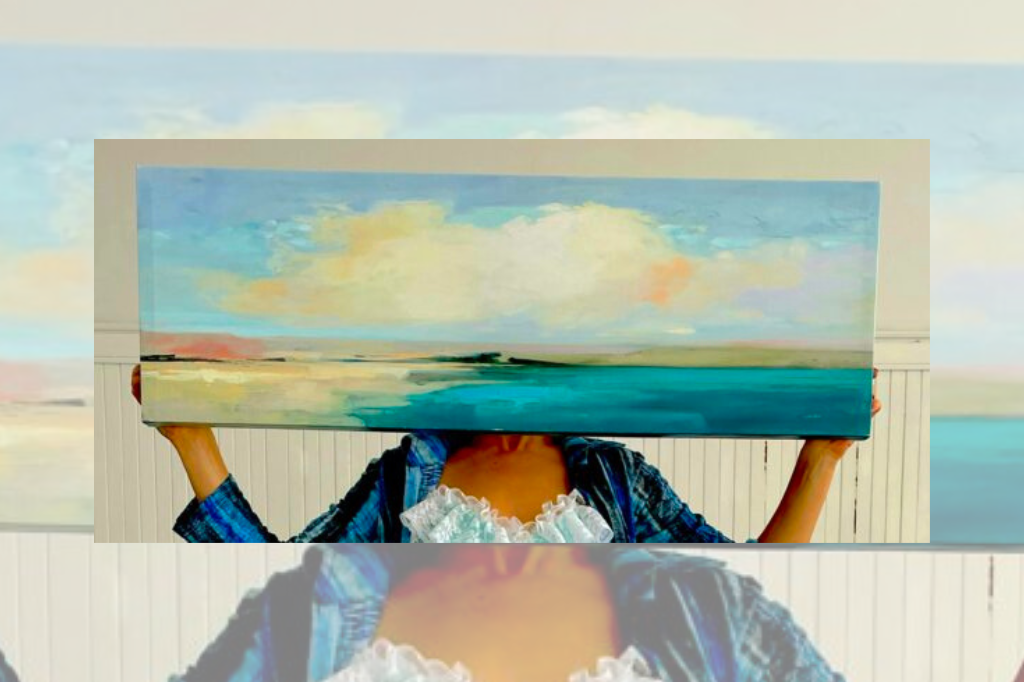








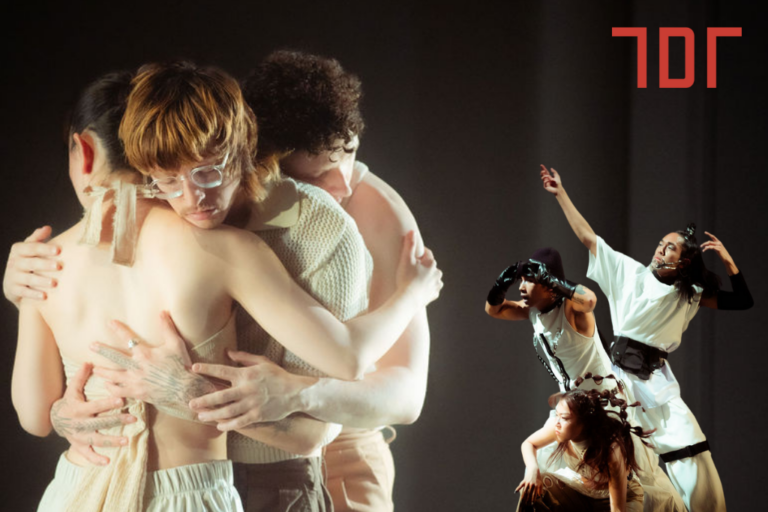
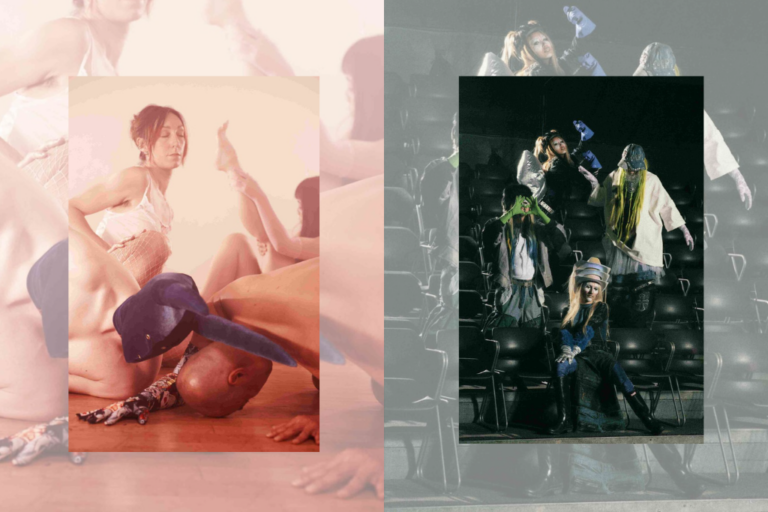
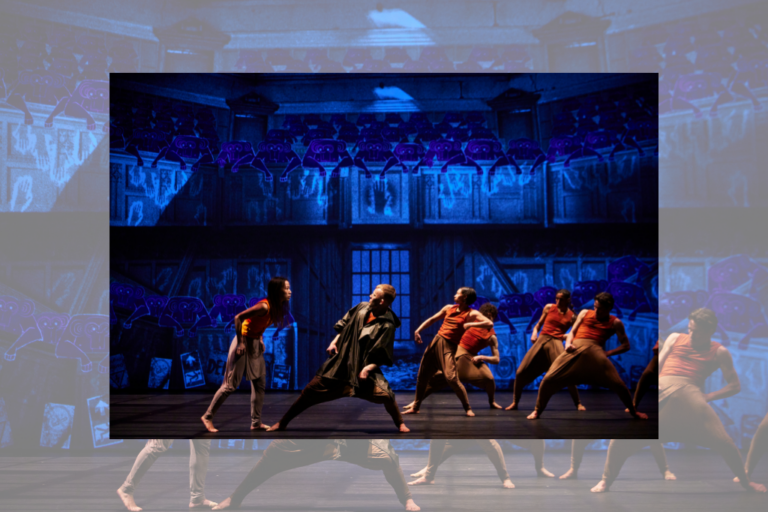
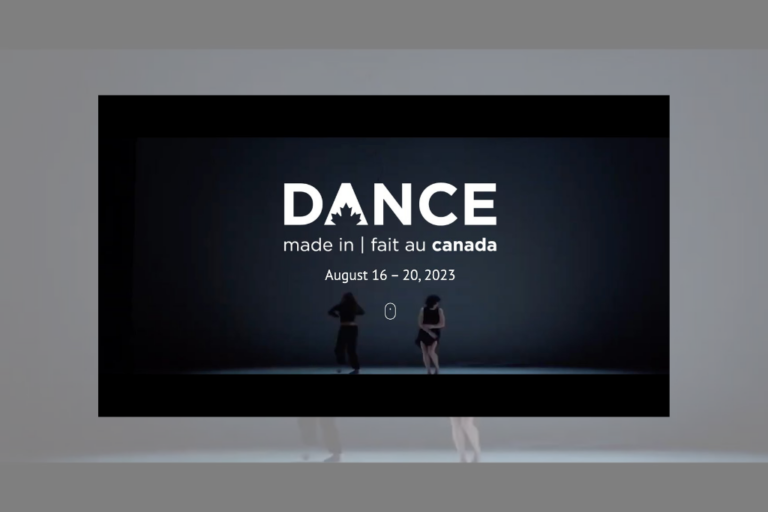
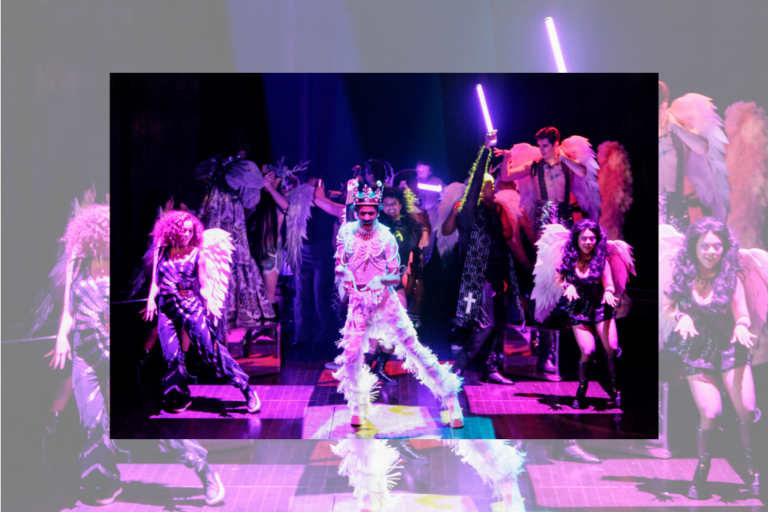
Comments